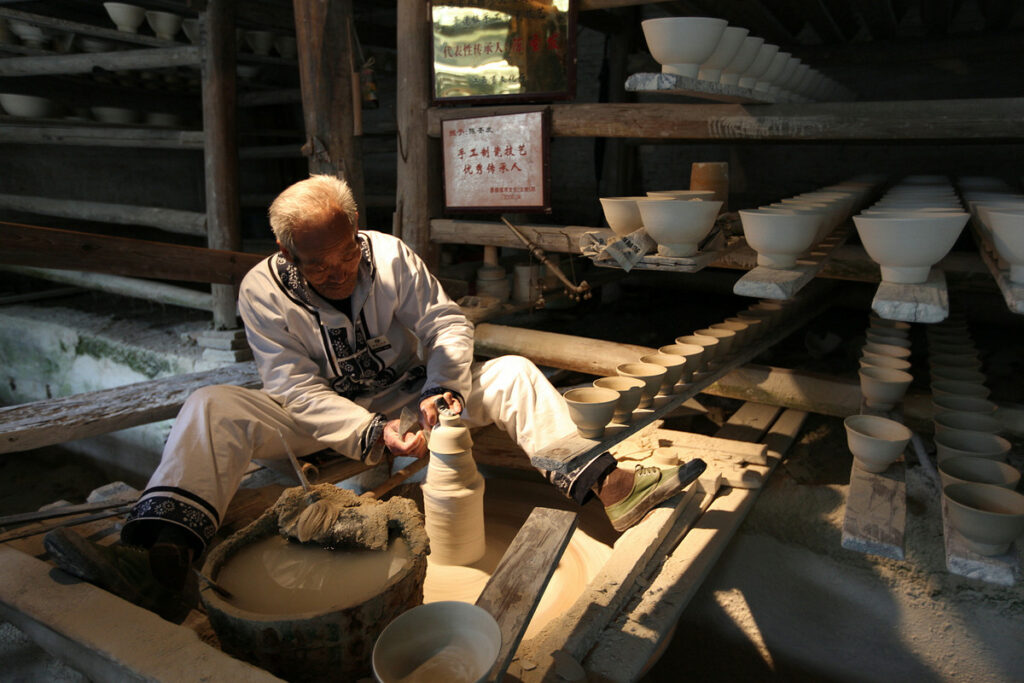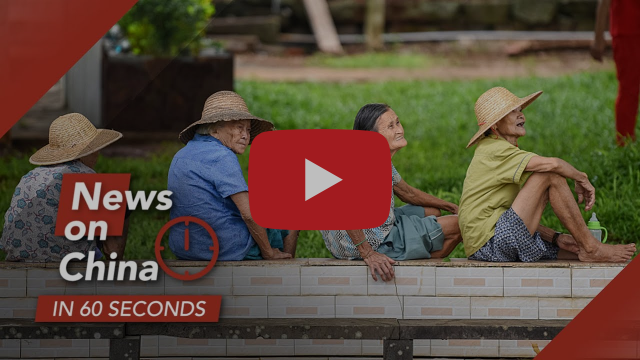

National Politics
China launches 14th Five-Year Plan amid pandemic uncertainty and growing tension with the US
Goals of the 13th plan, such as ending absolute poverty (55.7 million people) and increasing the average schooling years (to 10.8) will be achieved, but annual GDP growth is expected to fall below goal (6.5% per year)
China is expected to have 300 million seniors by 2025 and a shrinking population by 2050
Over last decade, number of retirement and assisted-living facilities increased (40,000-220,000) as the elder population grew (10-18.1% of total), with parents of only-child policy entering their 60s
Five years after ending the one-child policy, China’s birth rate is the lowest since 1952 (10.5 per 1,000 people)
Despite government incentives and initial 2016 spike, more people are choosing not to have children due to financial costs, limited child care services and more single people and divorces
Central state-owned enterprises (SOEs) invested US $14.85 billion to alleviate poverty of 221 poor counties since 2016
Rather than focusing on financial donations, SOEs invested in infrastructure, education, housing and healthcare, which boosted e-commerce, tourism, and agriculture that are essential to rural revitalization
Experts call for revising Charity Law to strengthen regulations of thriving online donation activities (crowdfunding) that gathered 10.8 billion clicks last year
By June, China had 7,169 registered charity organizations receiving nearly US $5.88 billion in donations for COVID-19, but problems of false information and non-transparency remain

Geopolitics
China announces unspecified sanctions on Lockheed Martin, Boeing Defense and Raytheon over arms sales to Taiwan worth US $1.8 billion
Violating “one China” principle and US-China bilateral agreements as per the “Three Communiqués”, US State Department approved another US $2.37 billion deal with Taiwan
Mongolia surpasses Australia and becomes the largest exporter of coal to China, with 4.65 million tons in September (17.1% increase since August)
China is trying to diversify raw material suppliers and rely less on “unfriendly countries”, such as Australia, which exported 2.72 million tons last month (record low in 2020)

Economy
Profits of major industrial firms in September rose 10.1% year-on-year to US $96.5 billion, dropping 2.4% since 2020
Between January-September, industrial firms’ profits totalled US $650.79 billion with computer, communication and other electronic equipment sectors increasing 15.5%, while mining fell by 37.2%
Over past two decades, number of Chinese billionaires rose from 0 to 878, surpassing the US in 2016
27% of the world’s billionaires are concentrated in Guangdong and Zhejiang provinces and Beijing, Shanghai and Hong Kong in the sectors of technology, real estate, manufacturing, pharmaceuticals and finance

Agriculture and Environment
Between 2015-2020, China’s fleet of electric buses grew from 20% to 60% of the total
The world’s largest market of new electric vehicles, 99% of world’s 425,000 e-buses in 2018 were in China, while Europe had 2,250 and the U.S. has only 300
China’s booming agricultural drone industry helps peasants distribute seeds, fertilize and monitor crops with greater efficiency and cost-effectiveness
Top companies, XAG and DJI, lead with 80% of domestic market share and focus on training operators assists small-scale and aging peasants as younger generation migrate to cities

Science and Technology
China has 38,000 rare earth companies – crucial to aerospace, military and new energy sectors – growing 52% year-on-year between January and September
Located in Inner Mongolia Autonomous Region’s Baotou city (home to 62.5% country’s firms), Baiyun Obo is the world’s only mine to possess all 17 rare earth elements, accounting for 83.7% of Chinese reserves

People’s Life and Culture
“Nostalgia for the countryside” is promoted in China’s popular culture as a response to an increasingly urbanized and fast-paced life
Used in a 2014 speech by President Xi, xiangchou (乡愁) is a concept featured in government-sponsored cultural productions, video blogs, blockbuster films and eco-tourism to support rural development
2,000-year-old porcelain centre of Jingdezhen recovers production techniques and quality to become world ceramic cultural centre by 2035
City formerly named “Changnan” (possible origin of “China” in English) has 6,700 porcelain companies employing 15% of population and generating half of city’s US $13.8 billion GDP

Porcelain craftsperson in Jingdezhen, Jiangxi province, 2o13 [“吉卜赛男人”
via ZOL]






